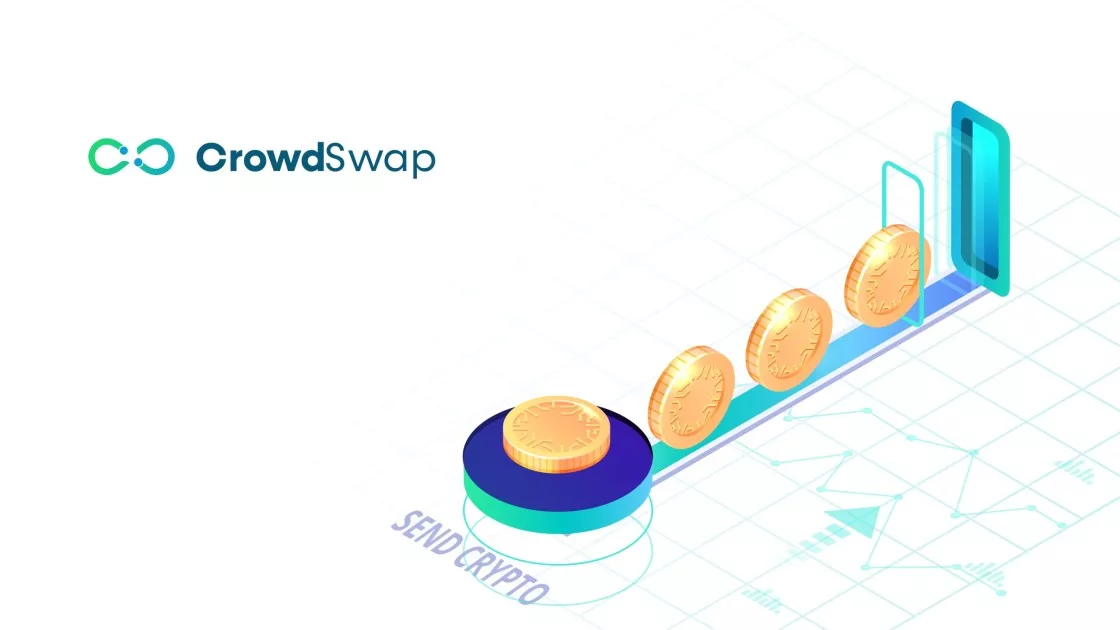Sending crypto to family and friends or for business transactions has never been easier. As a form of digital currency, crypto allows you to initiate and complete transactions from anywhere in the world, breaking down the limitations and boundaries of the past. With crypto, you can transfer funds across borders and conduct transactions securely online, making it as simple as sending an email without revealing your personal information. To fully leverage the benefits of crypto, it’s essential to understand how to send it from your wallet to others within the same network.
To successfully transfer crypto, both you and your recipient need crypto wallets—secure addresses for storing digital currency. These wallet addresses are usually long strings of characters that can be difficult to memorize, but you can easily scan the wallet address using a QR code. While crypto transactions are highly secure, it’s crucial to take extra steps to protect your digital assets.
Here are the simple steps to follow when you send crypto to another wallet:
1. Log in to your crypto wallet
To send crypto from your wallet to a recipient, start by signing in to your wallet. Use your crypto wallet app to access your account and select the option to transfer crypto. Navigate to the send crypto page by clicking on the send/receive link displayed on your screen.
Learn More: How to set up a cryptocurrency wallet
2. Enter the recipient’s wallet address
On the send crypto page, you’ll find several sections to complete before clicking the send button. First, you’ll need to enter the recipient’s public key. Crypto wallets are equipped with a pair of keys that ensure the security of digital assets. These keys also facilitate sending and receiving crypto within the Blockchain network. The public key is shared with others for transactions, while the private key keeps your wallet secure. Enter the recipient’s public key in the designated field to enable them to receive the crypto you send.

3. Enter the amount to send
Enter the amount of crypto you wish to send. Make sure your wallet has enough funds to cover both the amount you want to send and the ‘gas fee,’ which facilitates the transaction on the Blockchain. The gas fee is added to your total transaction amount. If your wallet balance is insufficient to cover both the amount and the fee, you’ll need to add more funds before proceeding.

If you are new to sending crypto, it’s crucial to verify whether you are sending in crypto or fiat amounts. For instance, 2 USD is vastly different from 2 Bitcoin, and this difference impacts the transaction fees.
The level of DeFi activity on a network like Ethereum affects the gas fee required to complete a transaction. For example, when sending a specific amount of DAI to another user on the same network, the gas fee is determined by the network’s activity level. These fees ensure that the network resources operate efficiently.
4. Verify and send
Double-check the recipient’s address and the amount you want to send to ensure all details are correct. The irreversible nature of crypto transactions can make even small mistakes costly.
Although the process of sending crypto may seem challenging at first, it becomes efficient once you familiarize yourself with it.
To practice, consider setting up multiple crypto wallets and transferring small amounts between them. This will help you get comfortable with the process without the risk of losing significant funds due to errors.
Once you send crypto to the intended recipient, the transaction confirmation usually happens instantly but may take a few minutes as it is recorded in a block.
The security of your transaction increases as more subsequent transactions are added to the network. It’s important to note that aspects like gas fee estimation are continually being improved and will become more efficient over time.
Trade Effortlessly
Ready to dive deeper? Our crypto exchange is simple and user-friendly, making trading a breeze
CrowdSwap DEX and Portfolio Manager
CrowdSwap’s Portfolio Manager provides a streamlined way to manage and monitor all your crypto assets across multiple blockchains within a single intuitive interface. With advanced sorting and filtering options, you can easily track and analyze your holdings. Real-time updates ensure you always have the latest information on asset prices and portfolio performance. The enhanced security features, including destination validation and risk minimization, ensure your token transfers are safe and accurate. With CrowdSwap’s Portfolio Manager, you gain better control and insights into your crypto investments, making it an indispensable tool for any crypto user.
Explore more about CrowdSwap’s innovative solutions here.
FAQ
What should I do if I accidentally send crypto to the wrong address?
Unfortunately, crypto transactions are irreversible. If you send crypto to the wrong address, it cannot be undone or recovered. Always double-check the recipient’s address before confirming the transaction to avoid costly mistakes.
How long does it take for a crypto transaction to be confirmed?
Transaction confirmations usually happen instantly, but they can take a few minutes as the transaction is recorded in a block. The security of your transaction increases as more subsequent transactions are added to the network.
Why do I need to pay a gas fee when sending crypto?
The gas fee facilitates transactions on the Blockchain, ensuring that network resources perform optimally. The fee is added to your total transaction amount and varies depending on the level of DeFi activity on the network.













